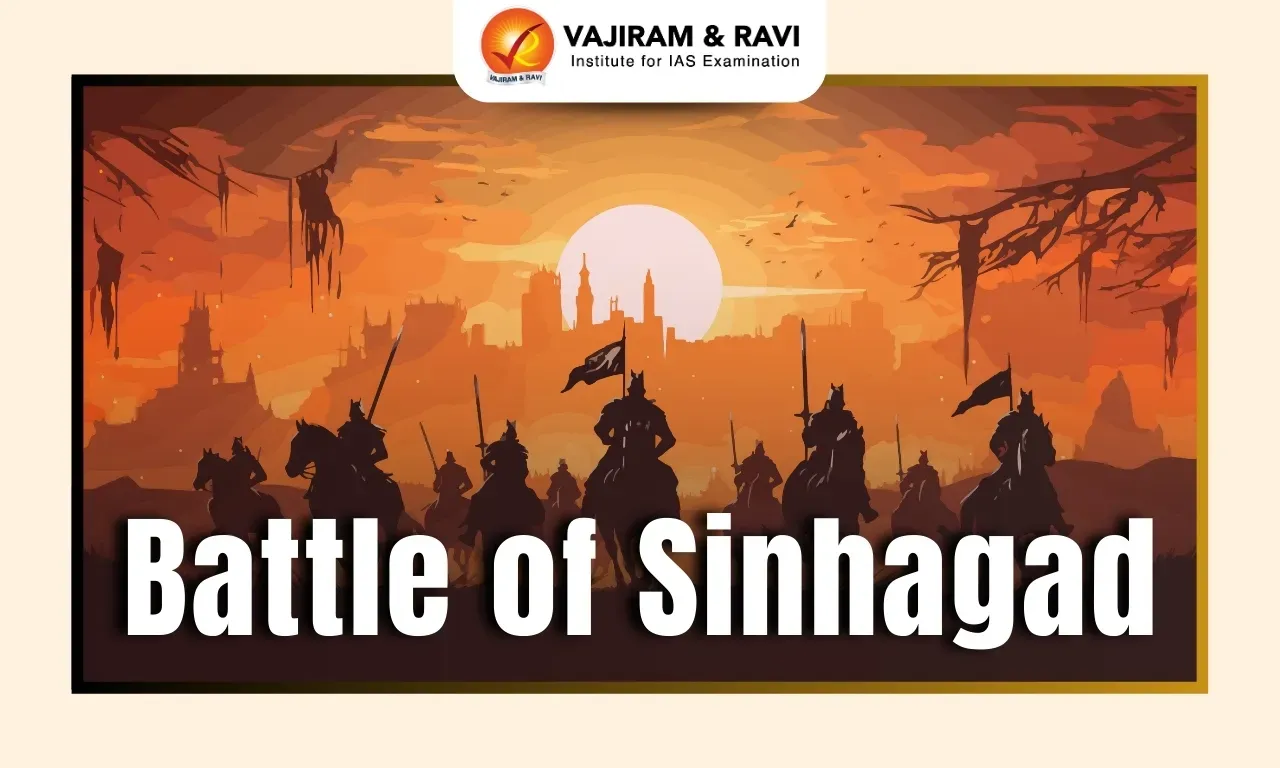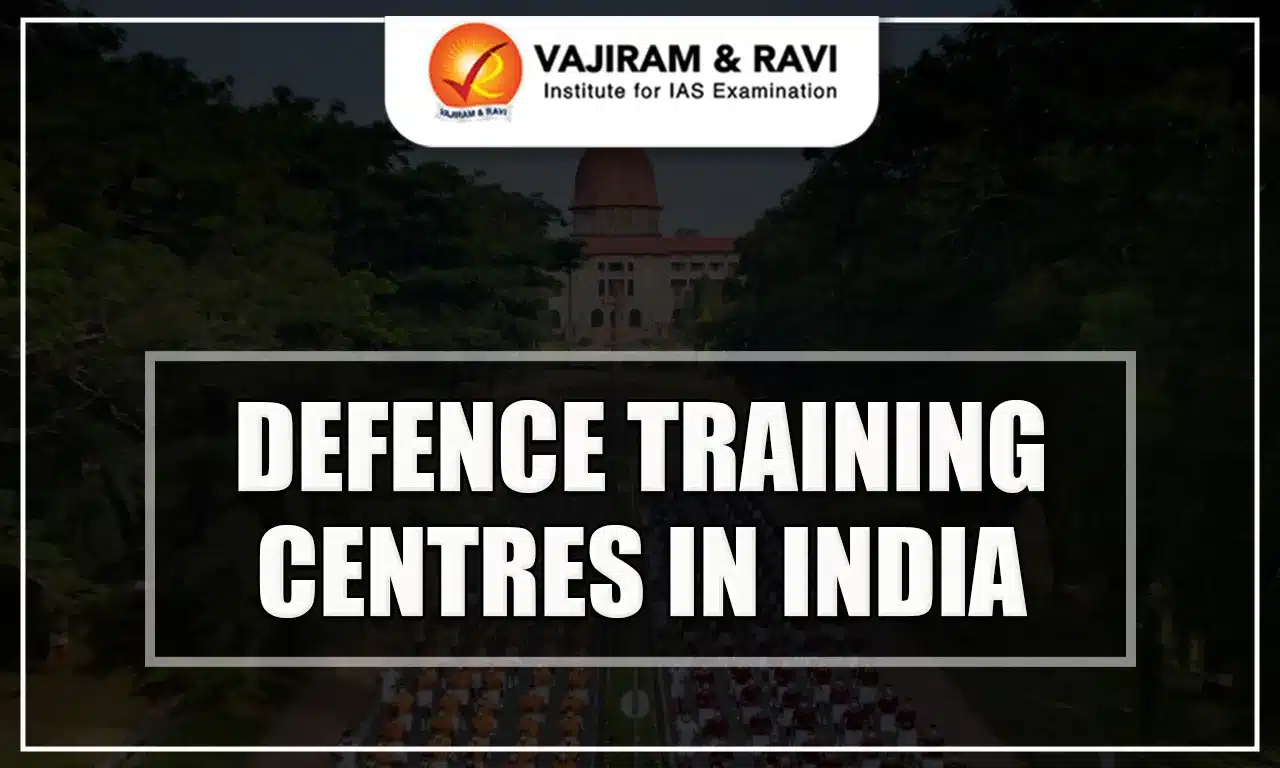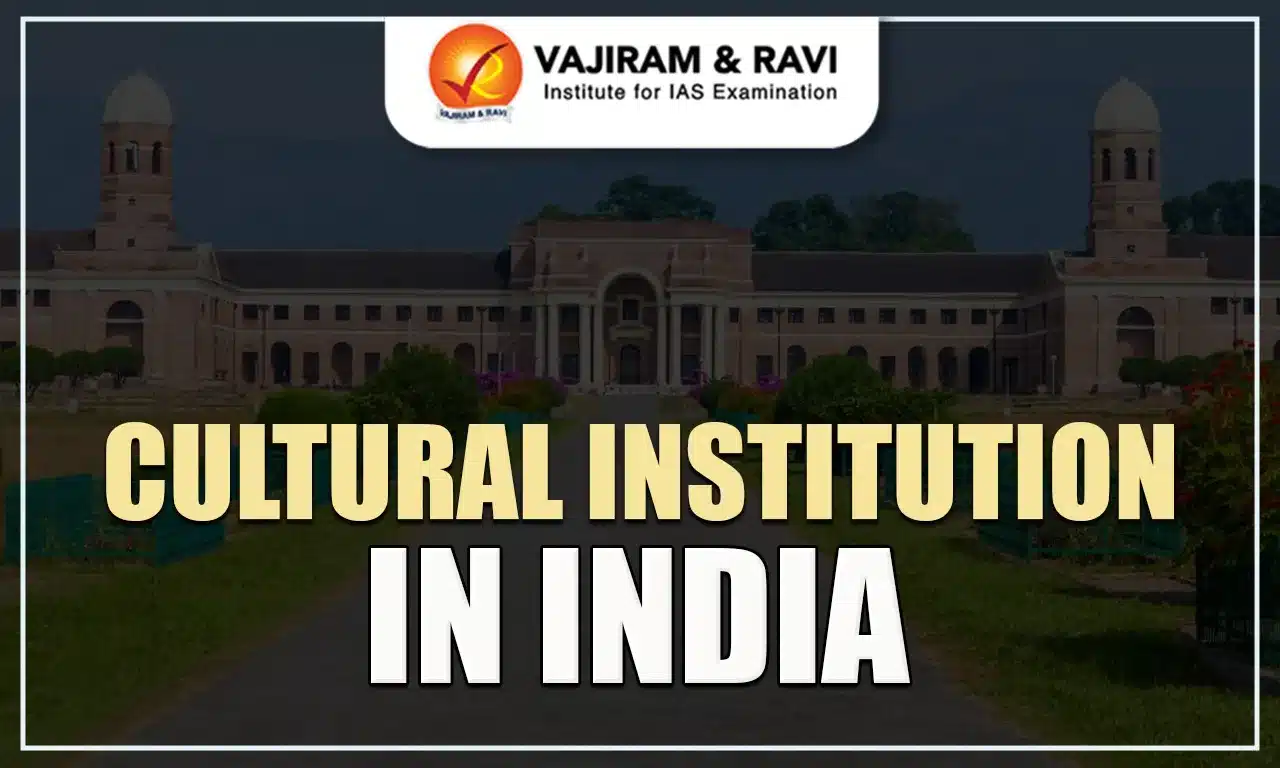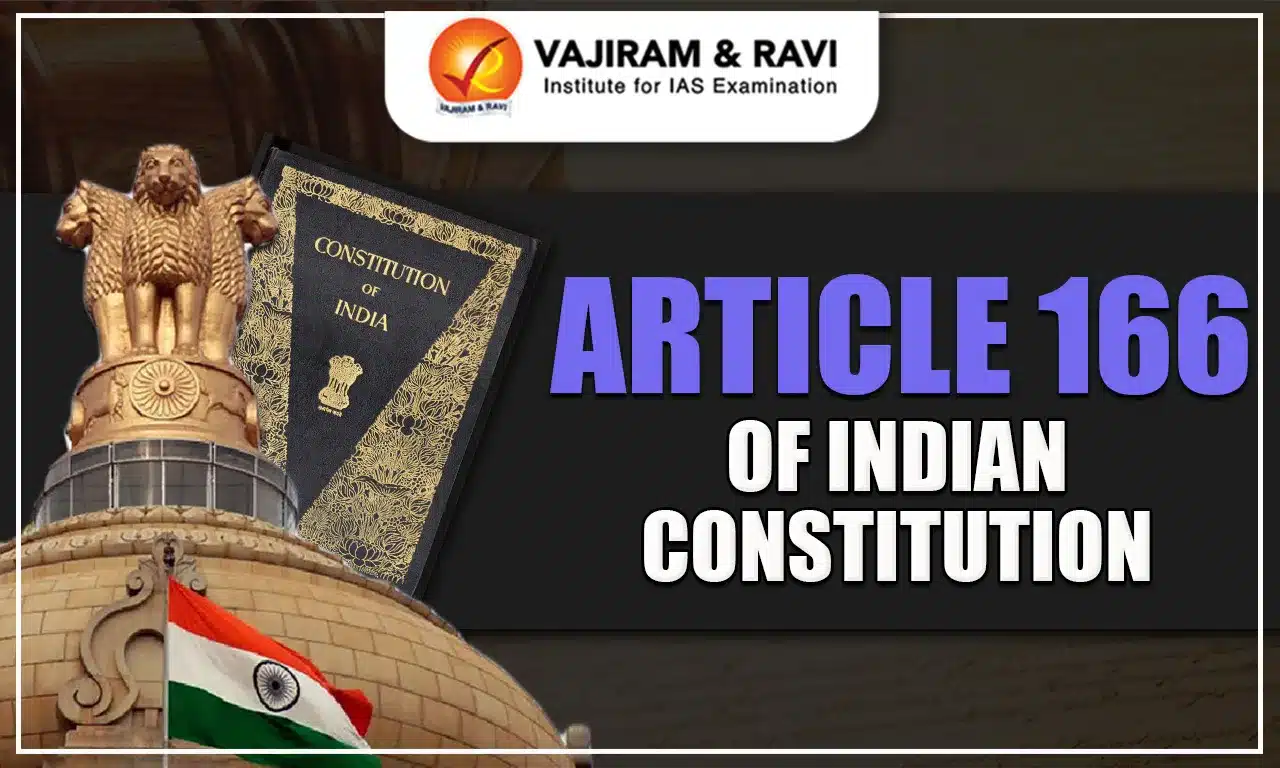The Battle of Sinhagad took place on the night of February 4, 1670, within the walls of the Sinhagad Fort, located near Pune, Maharashtra. This battle was fought between Tanaji Malusare, a commander of the Maratha ruler Chhatrapati Shivaji Maharaj, and Udaybhan Rathod, the Sinhagad Fort keeper serving under Jai Singh I. Tanaji Malusare and his troops claimed their victory and reclaiming the fortress for the Marathas. The battle resulted in approximately 300 casualties on the Mughal side and 50 on the Maratha side, while nearly 4,000 Mughal troops were captured by just 500 Maratha warriors.
Battle of Sinhagad
In 1670, the Battle of Sinhagad occurred in the fort of Sinhagad near Pune. The Maratha War took place between Tanaji Malusare, a Koli commander of Maratha ruler Shivaji Maharaj and Udaybhan Rathod. In this Battle of Sinhagad, Tanaji Malusare died and Shivaji renamed the fort of Kondhana as Sinhagad Fort (Lion’s Fort) in his remembrance.
Battle of Sinhagad History
Sinhagad Fort was previously known as Kondhana, the fort was under the control of Mirza Raja Jai Singh and held strategic significance due to its location among other forts like Rajgad, Purandar, and Torna. The Mughals had stationed weapons to nearly 5,000 soldiers, led by Udaybhan Rathod, a subordinate of Jai Singh. Tanaji Malusare managed to invade the fort and conduct a reconnaissance mission. During his observation, he discovered that a celebration was scheduled for the night of the attack, meaning the Mughal soldiers would be less focused. Seizing this opportunity, Tanaji, along with his brother Suryaji and 300 Mavalas began warriors from the Maval region, prepared for the daring assault.
Battle of Sinhagad Overview
Below in the table we have discussed the Battle of Sinhagad Overview:
|
Battle of Sinhagad Overview |
|
|
Event |
Battle of Sinhagad |
|
Date |
4 February 1670 |
|
Location |
Sinhagad Fort, Pune |
|
Forces Involved |
Forces of Maratha Empire and Mughal Empire |
|
Result |
Victory of Maratha Empire |
Battle of Sinhagad Series of Events
Shivaji gave instruction to begin the battle and achieved significant success, reclaiming several forts that had been ceded under the Treaty of Purandar.
- The first victory was on 4th February 1670, when Fort Kondana was seized from Udai Bhan, a Rajput commander.
- Leading this daring assault, Tanaji Malusare, along with 300 Mavle warriors, scaled the hillside near the Kalyan Gate using rope ladders.
- With the guidance of local Koli (fishermen) who were well-known with the terrain, they swiftly eliminated the guards and advanced into the fort.
Attack on the Garrison
Tanaji Malusare and his warriors got involved in the night assault on Sinhagad Fort, scaling its steep cliffs with the aid of rope ladders and a monitor lizard named Yashwanti.
Seizing the element of surprise, the Marathas launched their attack when the Mughal forces were least prepared. They successfully breached the fort’s defenses, catching the enemy off guard. In the battle that followed, Udaybhan Singh Rathore was murdered, and the Mughal garrison had no choice but to surrender.
Who was Tanaji Malusare?
Tanaji Malusare was a well known general in Chhatrapati Shivaji’s army and one of his most trusted companions. He is best known for his heroic role in the Battle of Sinhagad 1670, where he led the Marathas against Udaybhan Singh Rathore, a fierce Rajput warrior and Mughal fort keeper. His bravery and sacrifice played a crucial role in securing a Maratha victory.
Battle of Sinhagad Challenges
- The Marathas recognized that direct assault was impossible, and the only way to capture Sinhagad was by scaling its steep, nearly walls.
- To maintain the element of surprise, the assault was launched at night. The warriors used rope ladders to climb the sheer cliffs, making their way up under extreme difficulty.
- Once inside, the Marathas engaged in fierce close battle with the Mughal defenders, leading to intense and brutal fighting within the fort’s premises.
- The Marathas moved strategically, sneaking in and eliminating looks before reaching and unlocking the fort’s main gate.
- Once the gate was opened, more Maratha troops entered, overwhelming the remaining Mughal forces and securing control of the fort.
- The fort’s steep cliffs and rugged terrain made it nearly unaffected by cannon fire, as there were no suitable positions for artillery to be placed.
- Sinhagad Fort had only a few narrow pathways leading to the main gate, making it difficult for large enemy forces to approach or lay siege effectively.
Battle of Sinhagad Aftermath
Purandar Fort served as a crucial refuge for the Peshwas whenever they could not remain safely in their capital, especially after they had taken control from Shivaji’s successors in Poona.
In 1818, a British force under General Pritzker captured Purandhar. The attack began with a mortar battery assault on March 14, followed by the British takeover of Wazirgarh on March 15. Although Purandhar was under Wazirgarh’s jurisdiction, its commandant was compelled to accept the surrender terms, leading to the British flag being raised over the fort on March 16, 1818.
Strategically positioned, the fort oversees the Purandhar Ghat, an important passage through the Western Ghats. In 1776, the British government and the Maratha states signed a treaty regarding the fort. However, the agreement was invalidated by the Treaty of Salbai, signed in 1782 at the end of the First Anglo-Maratha War between the Bombay government and Raghunath Rao.
Last updated on July, 2025
→ UPSC Notification 2025 was released on 22nd January 2025.
→ UPSC Prelims Result 2025 is out now for the CSE held on 25 May 2025.
→ UPSC Prelims Question Paper 2025 and Unofficial Prelims Answer Key 2025 are available now.
→ UPSC Calendar 2026 is released on 15th May, 2025.
→ The UPSC Vacancy 2025 were released 1129, out of which 979 were for UPSC CSE and remaining 150 are for UPSC IFoS.
→ UPSC Mains 2025 will be conducted on 22nd August 2025.
→ UPSC Prelims 2026 will be conducted on 24th May, 2026 & UPSC Mains 2026 will be conducted on 21st August 2026.
→ The UPSC Selection Process is of 3 stages-Prelims, Mains and Interview.
→ UPSC Result 2024 is released with latest UPSC Marksheet 2024. Check Now!
→ UPSC Toppers List 2024 is released now. Shakti Dubey is UPSC AIR 1 2024 Topper.
→ Also check Best IAS Coaching in Delhi
Battle of Sinhagad FAQs
Q1. Who won the Battle of Sinhagad?+
Q2. Who killed Udaybhan in real?+
Q3. Did Tanaji survive the battle?+
Q4. Did Udaybhan cut Tanhaji's hand?+
Q5. Who defeated Shivaji?+
Tags: Battle of Sinhagad















